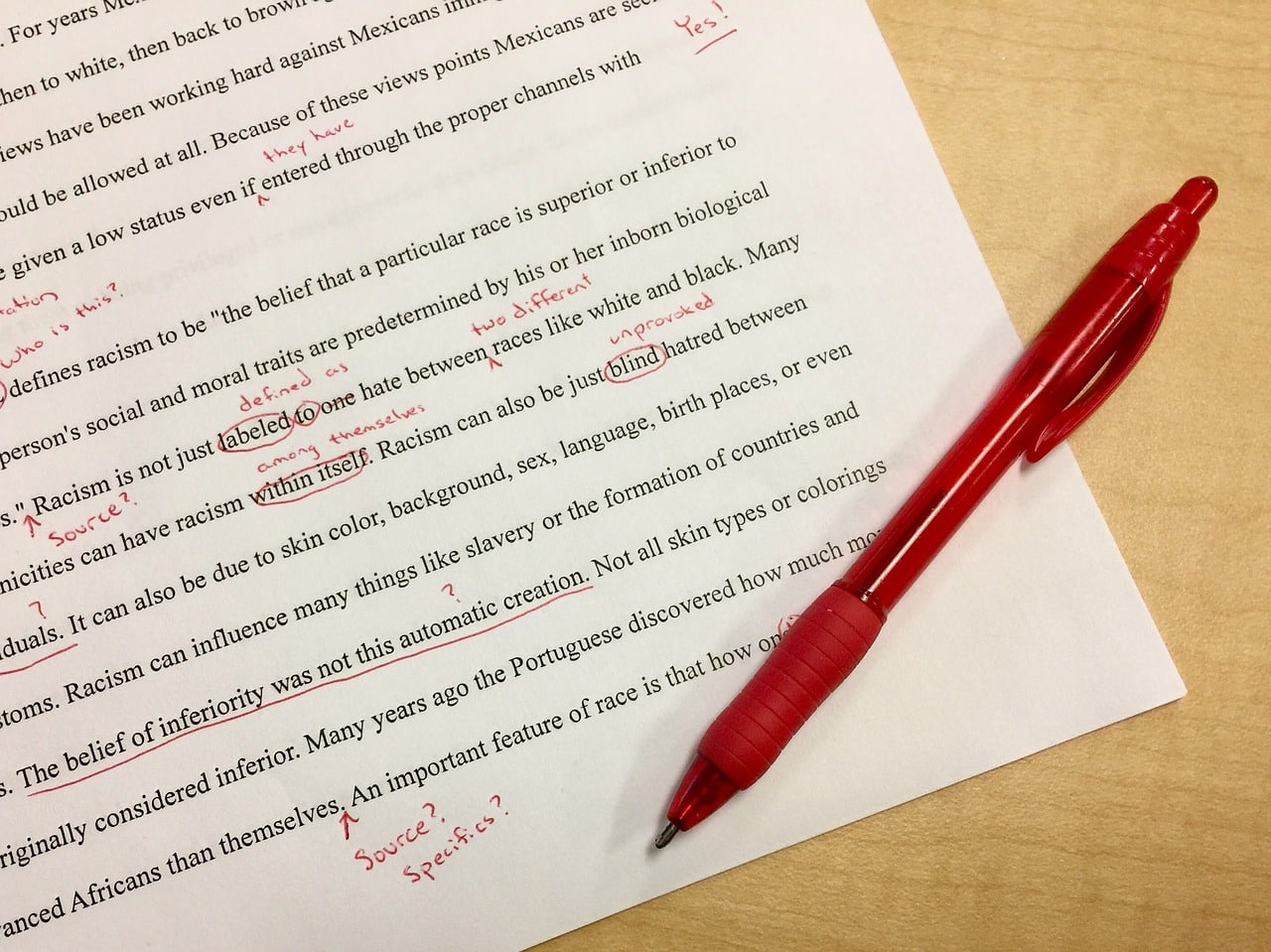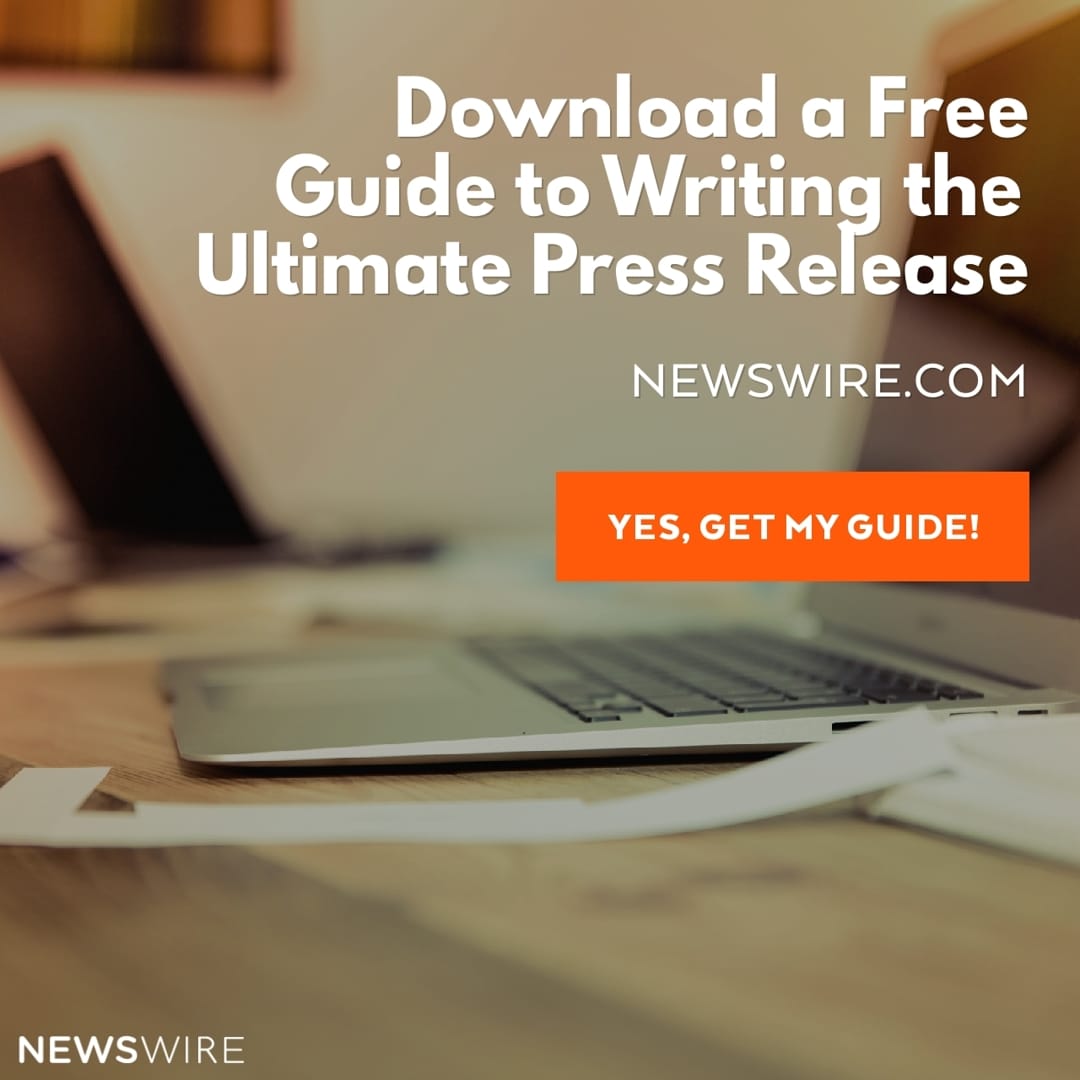
10 Common Press Release Headline Mistakes To Avoid
The average number of press releases published each day is around 300. This is a lot of content for journalists and bloggers to wade through. They are forced to scan quickly and choose only the best ones that will meet their needs as a professional catering to their target audience. They have no time to waste on junk or material that won’t help their readers by giving them the information they need.
There are several common errors many writers make when creating a press release. These errors will cause journalists to eliminate your release from their consideration. Avoid these 10 common mistakes and see if you can get more media coverage.
1-A dull headline
The headline is the most important part of the press release you will ever write. It needs to be clear, interesting, command attention, and offer the promise that the release will be worth reading.
2-Poor proofreading
One mistake in a headline can be costly. So, too, can CAPS, poor or excessive punctuation, like NEW!?! and poor grammar and spelling. Don’t try to be too clever. Stick to the rules of good writing.
3-Being too “sales-y”
The purpose of a press release is to inform your target audience about certain facts involving your company or organization. It is supposed to be news, not a sales letter. Do NOT use the sales letter for your new pain reliever as your press release. Think data and details, not shameless plugs for your products.
4-Keyword stuffing
Avoid stuffing your press release with too many keywords. Keywords are important for getting discovered by the search engines, a marketing technique known as search engine optimization (SEO). However, SEO will only work if the writing is natural and contextual, that is, all of the words are related to one another. Don’t just throw words into your release because you know they have a high search volume.
5-Not enough keywords
If you don’t have keywords in your headline and in the release itself, busy journalists are not likely to find you when they run a search at the press release distribution websites they regularly use.
6-No keyworded links
If you are going to link to your site for more information, be sure to link keywords and key phrases, such as, “Learn more about Zika virus at the all new Zika tracker,” not “To learn more about Zika, click here.”
7-Not covering the 6Ws of journalism in the release
The 6Ws are a quick formula that works as a handy checklist whenever you are writing a news story. The 6Ws are:
1-Who
2-What
3-Where
4-When
5-Why
6-how
The 6Ws will help you avoid leaving out any important information.
8-Too wordy
Time is money for journalists. Get your 6Ws into the first paragraph if you can. Keep press releases to 3 paragraphs or less.
9-No bullets
Bullets make the release easy to scan and understand.
10-No media
Press releases with high-quality images, video, PowerPoint and so on will all be more likely to get picked up.
Avoid these 10 common mistakes and see what a difference it can make to your media pickups.












